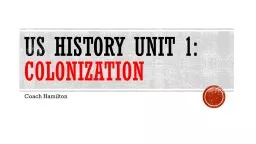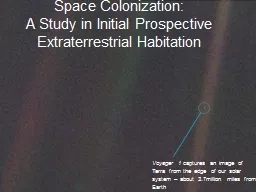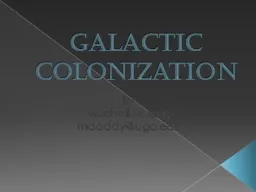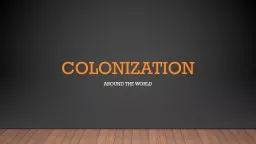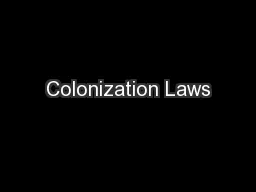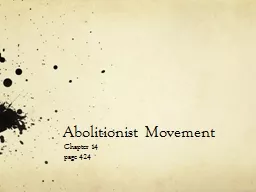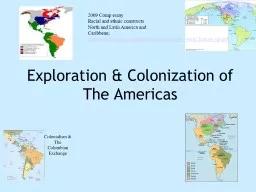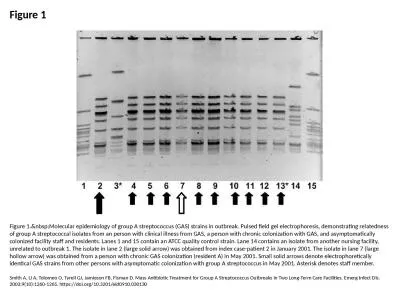PPT-US History Unit 1: Colonization
Author : tatiana-dople | Published Date : 2018-11-02
Coach Aiello Monday 87 Essential Question Why did countries want to establish colonies What were the reasons behind the founding of the Virginia Colony Us history
Presentation Embed Code
Download Presentation
Download Presentation The PPT/PDF document "US History Unit 1: Colonization" is the property of its rightful owner. Permission is granted to download and print the materials on this website for personal, non-commercial use only, and to display it on your personal computer provided you do not modify the materials and that you retain all copyright notices contained in the materials. By downloading content from our website, you accept the terms of this agreement.
US History Unit 1: Colonization: Transcript
Download Rules Of Document
"US History Unit 1: Colonization"The content belongs to its owner. You may download and print it for personal use, without modification, and keep all copyright notices. By downloading, you agree to these terms.
Related Documents

